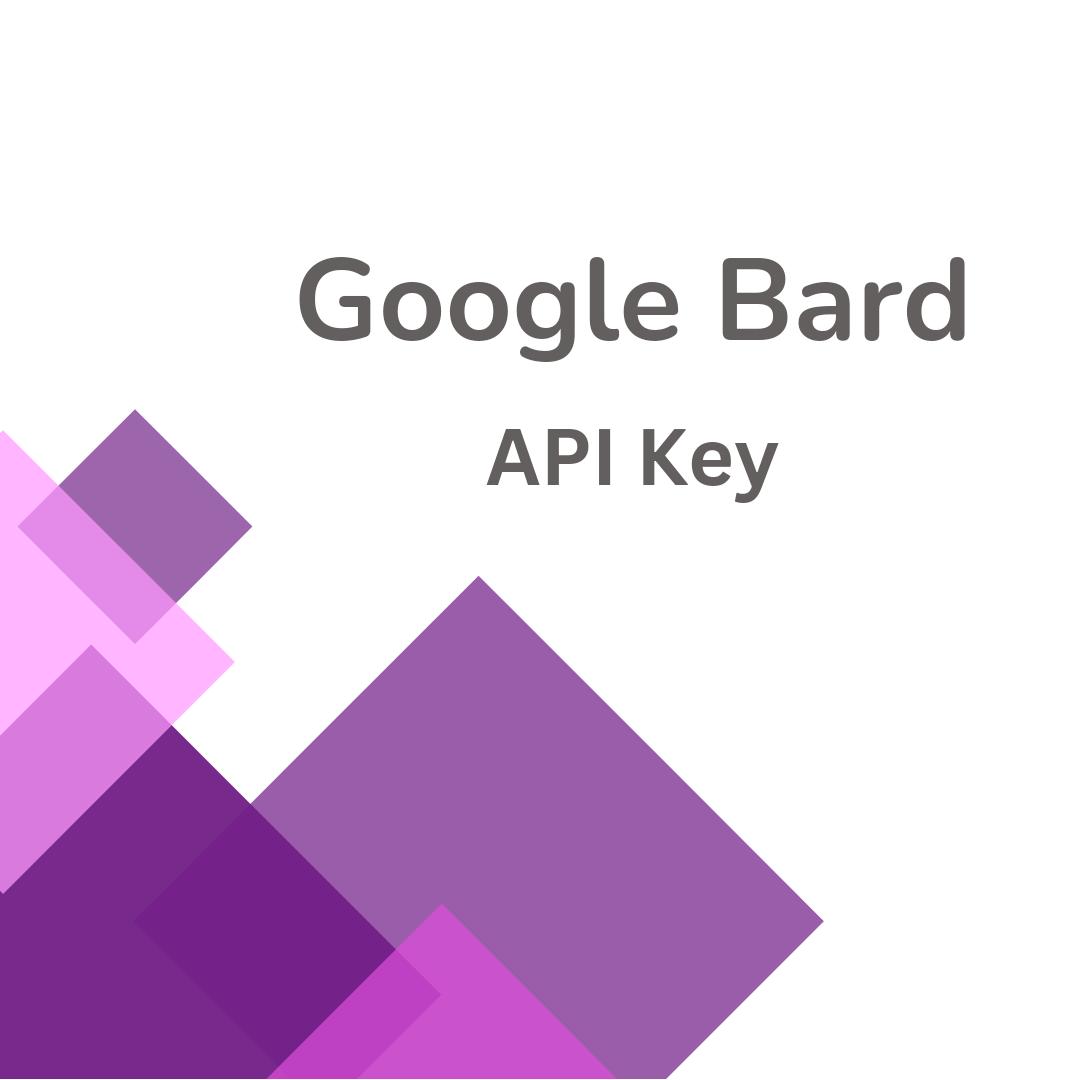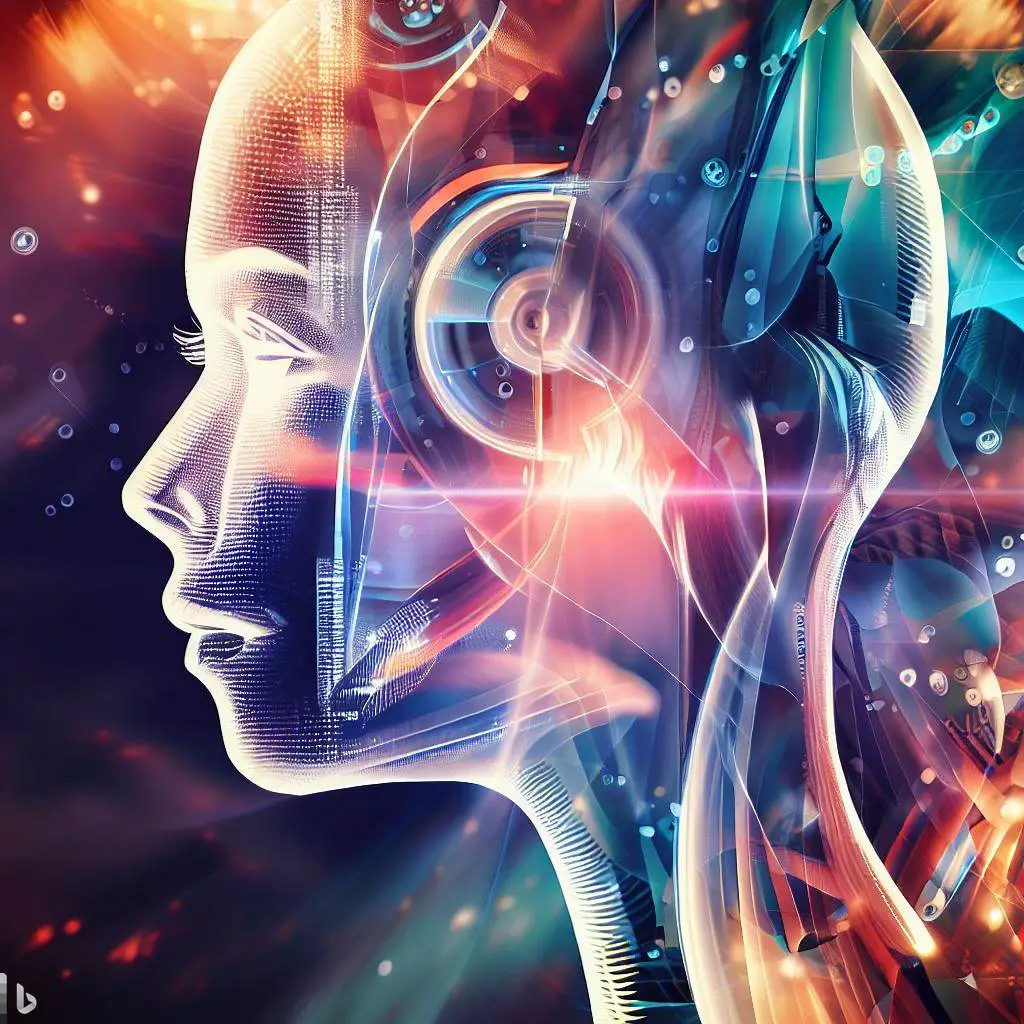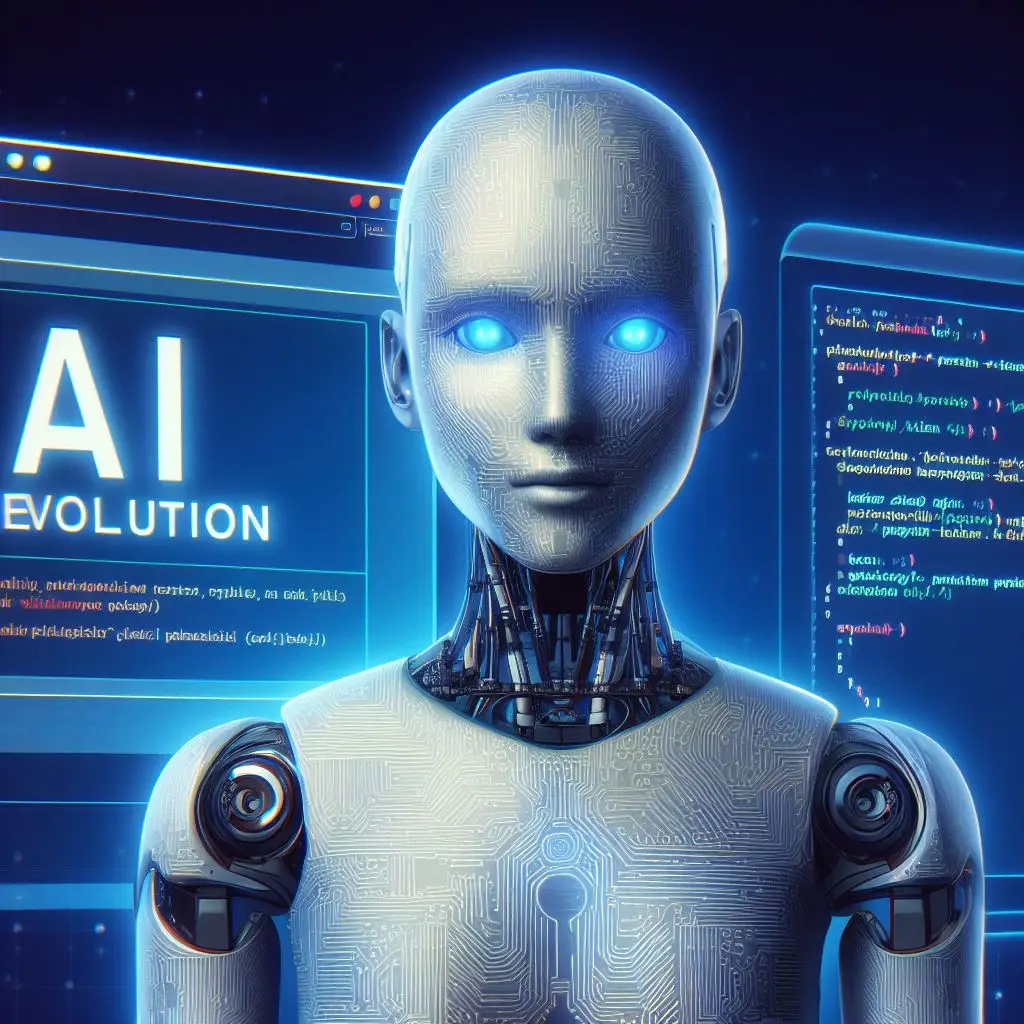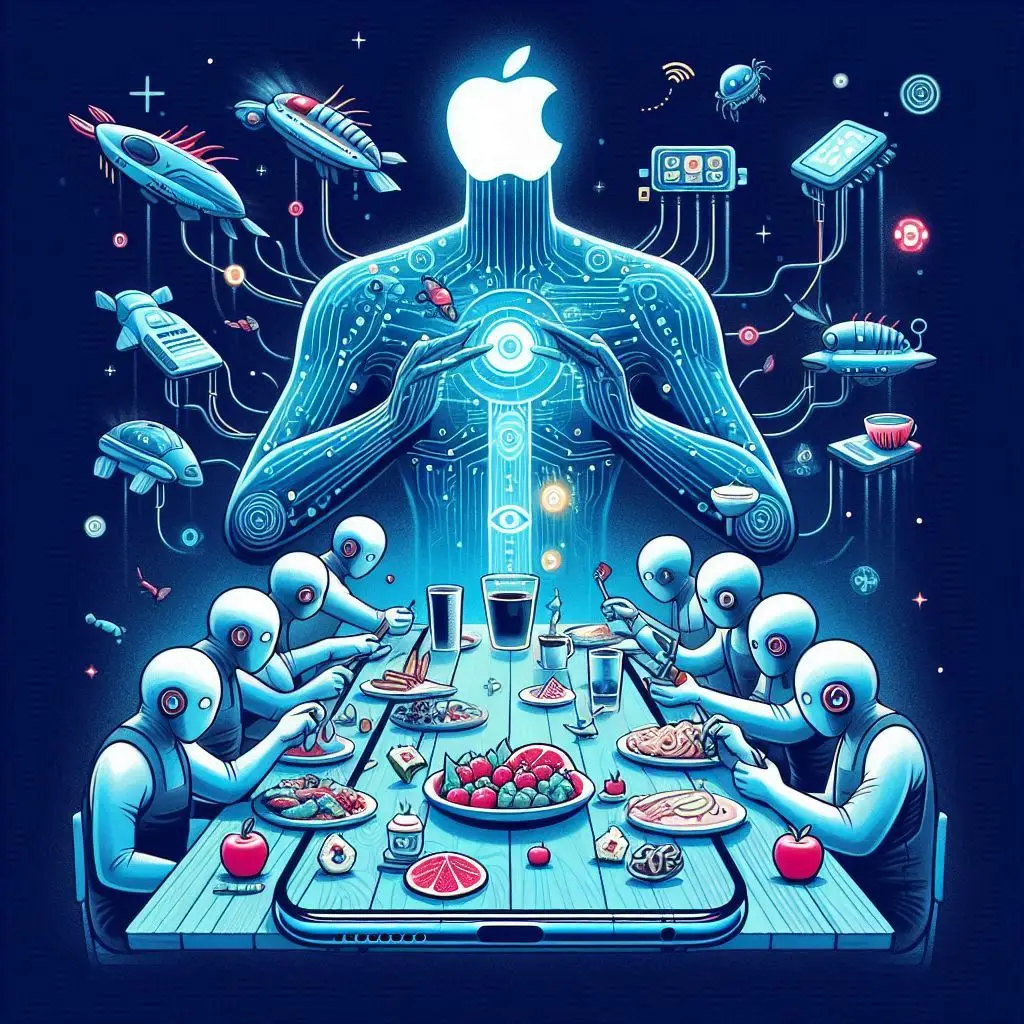At T-Mobile’s recent Capital Markets Day, OpenAI CEO Sam Altman discussed the upcoming transformation in artificial intelligence, emphasizing the o1 model and its advanced reasoning capabilities. Altman’s remarks highlighted that this new model marks the beginning of a groundbreaking era in AI development. The o1 model represents a significant step toward fully functional AI agents, and Altman hinted that the transition from models like GPT-4 to o1 would be faster than many expect.
What is the o1 Model?
The o1 model, as described by Sam Altman, is the first AI system capable of advanced reasoning, a feature that sets it apart from previous models like GPT-4. While GPT models like GPT-3.5 and GPT-4 have achieved remarkable feats in natural language understanding and generation, the o1 model surpasses them in problem-solving and reasoning tasks. Altman likened o1’s current stage of development to the ‘GPT-2 stage’ of reasoning models, indicating that we are still in the early phases of this AI revolution. He stressed that the advancements from here on will be rapid, suggesting that the o1 model’s equivalent of GPT-4 could be right around the corner.
Altman explained that o1 is at level 2 of AI development, which he termed as the reasoner stage. This phase focuses on enhanced problem-solving skills that enable AI to perform complex tasks with a deeper understanding of the input. According to Altman, the next step, level 3, would involve AI agents—systems capable of acting autonomously and proactively in various environments, handling tasks that go far beyond static reasoning. The development of these AI agents could happen "relatively quickly," according to Altman.
AI Development: The Five Levels
During his speech, Sam Altman outlined a five-level framework for AI development, with o1 representing level 2. This framework provides a roadmap for how artificial intelligence could evolve over time:
Level 1: Predictors – AI systems that predict outcomes based on data inputs, such as language models trained to generate text (like GPT-2).
Level 2: Reasoners – AI systems capable of understanding and solving more complex problems. The o1 model falls into this category.
Level 3: Agents – AI that can act autonomously in dynamic environments, making decisions and interacting with the world without constant human input.
Level 4: Autonomous Systems – AI that can operate independently across various sectors, such as transportation, finance, and healthcare, adapting to unpredictable changes.
Level 5: General AI – Fully autonomous and general-purpose AI systems that exhibit human-like intelligence and can perform tasks across a broad spectrum of domains.
According to Altman, o1 has already established a foothold in level 2, and the shift to level 3 could happen much faster than the leap from GPT-3 to GPT-4. In his view, this accelerated development will usher in the era of AI agents, bringing us closer to general artificial intelligence.
The Transition from GPT-4 to o1: Faster Progress Ahead
The shift from GPT-4 to the o1 model represents a pivotal moment in AI research. The development of GPT-4 was a long and complex process, spanning years of research and fine-tuning. Altman noted that future advancements, including the leap from o1 to agentic systems (level 3), could occur at a significantly faster pace.
This accelerated progress is largely due to the iterative nature of AI development. As we move further into the world of AI with each new model, the ability to refine, improve, and deploy more advanced systems becomes quicker and more efficient. Altman’s comments suggest that we could see the introduction of fully capable AI agents within a few months, with capabilities that far exceed what is possible today.
Implications for the Future of AI
For instance, AI agents could handle more complex decision-making processes in areas like stock market trading or patient diagnosis, taking the burden off human experts and increasing efficiency. AI systems could also manage entire infrastructures autonomously, adapting in real-time to changing conditions, such as traffic patterns or fluctuating energy demands.
The ethical and regulatory considerations surrounding these advancements will become increasingly important. As AI systems grow more capable, questions about their use, control, and potential risks will dominate the discourse in both technology and policy-making circles. Leaders in AI like Altman will play a critical role in navigating these challenges and ensuring that AI development remains safe and beneficial for society.
Conclusion: A New AI Era is Imminent
Sam Altman’s insights into the o1 model and the rapid development of AI agents provide a glimpse into the next frontier of artificial intelligence. While the journey from GPT-4 to o1 may have seemed long, the future pace of AI innovation is set to accelerate dramatically. The introduction of advanced reasoning models like o1 is just the beginning, and the transition to fully functional AI agents could arrive sooner than anticipated.
As Altman highlighted, we are on the verge of another major leap in AI technology. The o1 model, with its superior reasoning capabilities, is set to outperform current AI systems, while the next phase AI agents will likely redefine what is possible in the world of artificial intelligence.
For more information on Altman’s discussion of the o1 model, you can watch the full video from T-Mobile’s Capital Markets Day here (timestamp: 51:00 to 1:06:00).









Add a Comment: